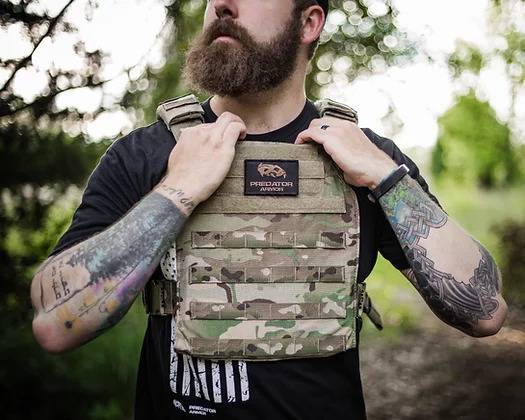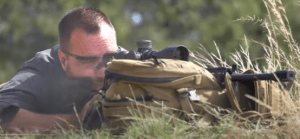
If you’re serious about your personal protection then you are no doubt looking into getting some body armor. There are a lot of factors that go into buying body armor and not least of which is the different kinds. Not all body armor is the same and there are many threats that you may be facing. This means that knowing the function of the various types is essential.
Once you settle on the right type then you can do a deep dive and settle on the one that fits your standards. Once you realize that there is no one-size-fits-all approach to body armor, you will realize that knowing the difference is the first step. In this article, we will go over the different types to choose from.
1 – Ballistic protection
When most people think of body armor they are actually thinking about ballistic protection. This is what is commonly referred to as a bulletproof vest. These types of body armor are designed to stop a bullet by absorbing and spreading out the impact of a bullet that essentially gets caught in the fabric.
There are varying degrees of protection depending on the caliber of the ballistic. Level 3 armor is typically what most people are going to go for since it gives a good amount of protection against the most common handguns. The lower levels may not protect as well and are considered soft armor. The higher the level the greater the protection against high caliber arms as well as multiple shot protection.
Before you buy ballistic protection it is important to understand what the threat is that you are likely to face. This way you get the right protection for your needs.
2 – Edged blade protection
It may seem that ballistic protection armor would be able to stop anything that you are faced with such as knives. However, a knife can usually go right through the vest since it cuts through the fibers and doesn’t get caught. You will want to have edged knife protection if you are most likely to face a threat with a knife.
These types of body armor use old-school chainmail to stop the knife as well as similarly designed alternative materials.
3 – Spike protection
Another weapon that pierces is a spike and that also requires a specific type of body armor. The idea that edged blade armor will protect against a spiked weapon is wrong. Often, the tip of the weapon is small and sharp enough to go through the small spaces of the material in those types of armor.
If you feel that the threat is likely to come from a weapon such as a screwdriver or an icepick then you should have the material that will stop those from penetrating. This type of body armor is common in prison settings since many of the aggressive inmates will be using makeshift weapons with points.






